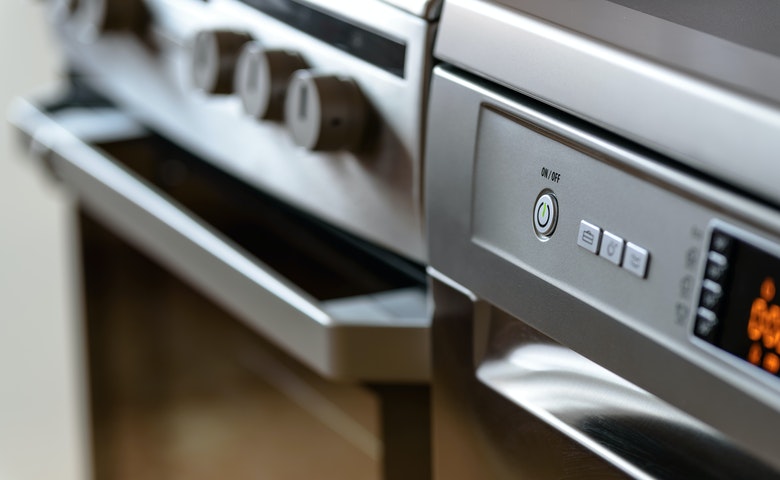How do hydraulic glass vacuum lifters work from a physics perspective?

Hydraulic vacuum lifters for glass are marvels of engineering, employing intricate principles of physics to handle and maneuver large, fragile glass panels with precision and safety. Among these, Kappel vacuum lifters stand out as examples of cutting-edge technology that revolutionizes the handling of glass, showcasing a blend of hydraulic power and vacuum systems.
At the heart of hydraulic vacuum lifters lies the fundamental principle of suction and pressure. The physics behind their operation is a sophisticated interplay of atmospheric pressure, vacuum creation, and hydraulic power.
Kappel Glass Vacuum Lifters, like many hydraulic systems, utilize hydraulic fluid, typically oil, as a medium to transmit force. A hydraulic pump, powered by an external source such as an electric motor, generates pressure within the system. When activated, this pump drives the hydraulic fluid through a network of tubes and chambers, exerting force on various lifter components.
The key component responsible for gripping and lifting glass panels in a hydraulic vacuum lifter is the vacuum system. At the core of this system are suction cups, strategically positioned to create a tight seal against the glass surface. When the lifter is activated, a vacuum pump initiates the removal of air within these suction cups, creating a low-pressure environment relative to the atmospheric pressure outside.
According to the laws of physics, nature abhors a vacuum—therefore, the higher atmospheric pressure outside the suction cup exerts a force, pushing the cup against the glass and creating a secure seal. The atmospheric pressure enables the lifter to grip the glass panel firmly.
The hydraulic system complements this gripping mechanism by providing the necessary lifting force. As the hydraulic pump applies pressure to the system, it activates mechanisms such as pistons or hydraulic cylinders connected to the suction cups. This pressure exerts force on these components, causing them to move and consequently lifting the glass panel.
Kappel vacuum lifters are engineered with precision, integrating hydraulic power with specialized vacuum systems. Their design ensures the creation of a strong vacuum for adherence to glass surfaces and the ability to control lifting and maneuvering with finesse.
The synergy between hydraulic power and vacuum systems in these lifters allows for the safe and precise handling of large glass panels. It’s a harmonious marriage of physics principles—leveraging pressure differentials, atmospheric forces, and hydraulic power—to accomplish a task that would otherwise be challenging














